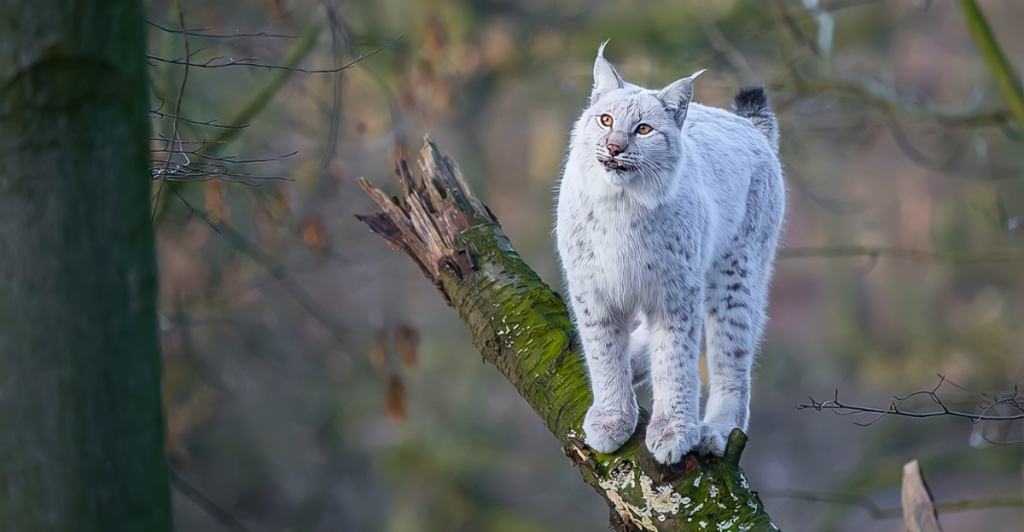
The natural world is home to numerous animals that are rarely seen or encountered by humans. These elusive creatures often have unique adaptations that allow them to remain hidden, making them fascinating subjects for wildlife research. In this article, we will examine eleven of the most elusive animals on Earth, highlighting their characteristics and how scientists are able to study and find them.
1. Canada Lynx
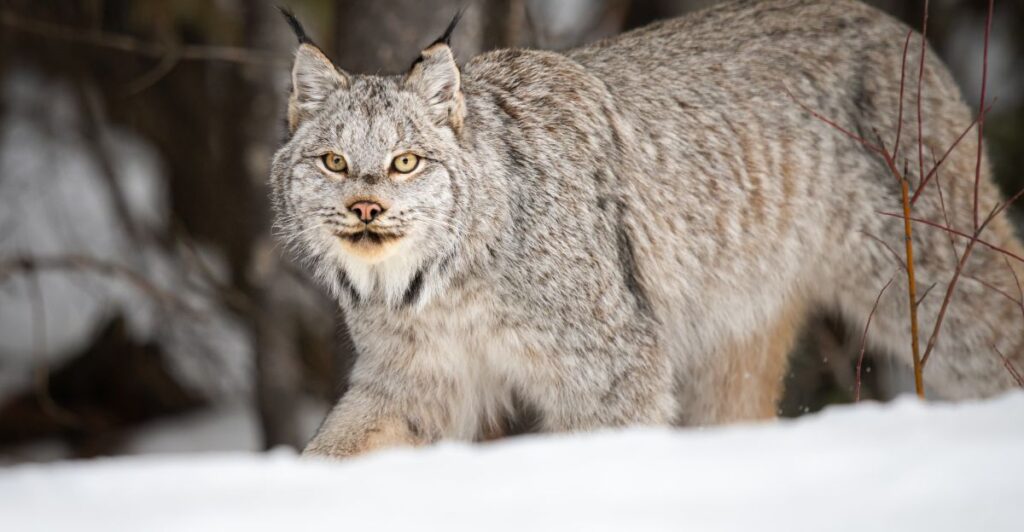
The Canada lynx is a reclusive and solitary hunter perfectly adapted to frigid northern forests. Easily distinguished by its tufted ears, it relies on sharp hearing and vision to locate its primary food source, the snowshoe hare. Found in dense forests across Canada and Alaska, its broad, cushioned paws act like snowshoes, allowing it to creep up on its next meal. Studies of Canada lynx typically occur through camera traps and by monitoring their activity, as the lynx’s presence is closely tied to the availability of its primary food source.
2. Okapi
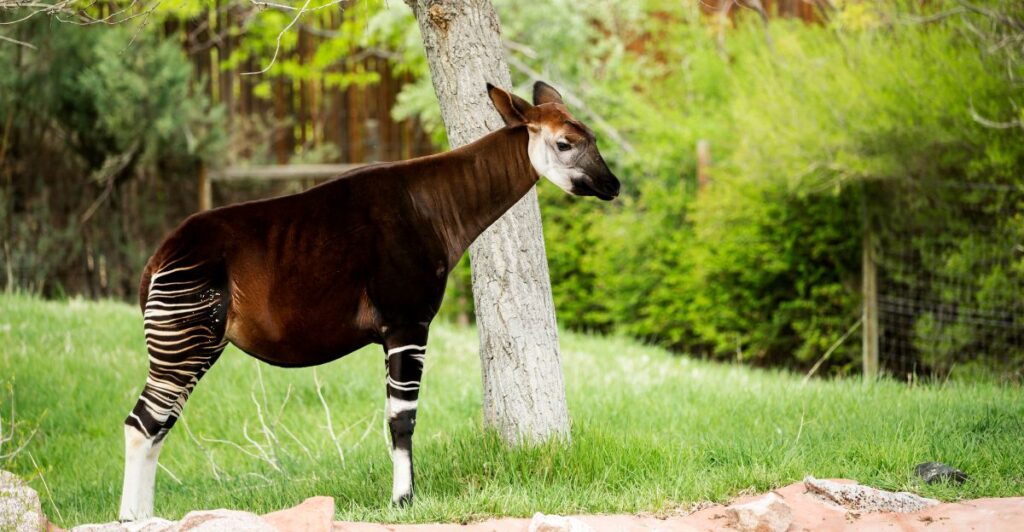
Native to the Ituri Rainforest in the Northeastern part of the Democratic Republic of Congo, the okapi is uniquely suited to its native habitat, with zebra-like stripes and a dark reddish exterior that allow it to blend seamlessly into thick forests. Its sharp hearing keeps it alert to threats. Western scientists didn’t know the okapi even existed until the early 1900s, and it is still difficult to spot in the wild. Okapis are rarely seen by outsiders, so scientists have relied on local knowledge and camera traps to study them.
3. Mexican Burrowing Toad
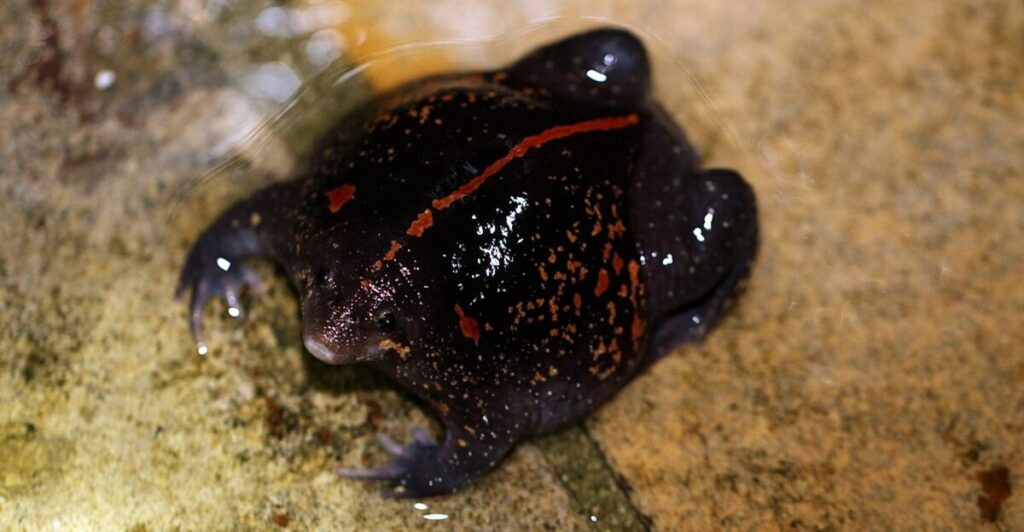
The Mexican burrowing toad spends most of its time underground, emerging only once a year after heavy rainstorms to breed. This toad is found in the southern parts of Mexico and Central America. Researchers track these toads by tracing the sound of their distinctive mating calls. This unique behavior enables scientists to study them during their brief surface appearances.
4. Pangolin
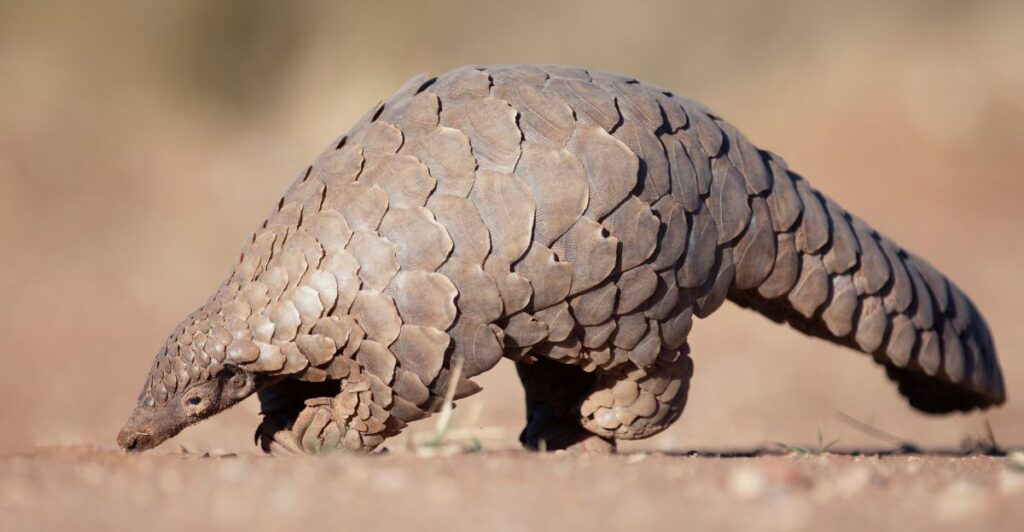
Pangolins are solitary and nocturnal, making them particularly difficult to study in the wild. Due to the high demand for their scales and meat, they have become severely threatened, with some species classified as critically endangered. These cute creatures are primarily found in various parts of Africa and Asia. Scientists use camera traps and genetic analysis to monitor pangolin populations and track their movements, often working alongside local communities to combat poaching.
5. Platypus
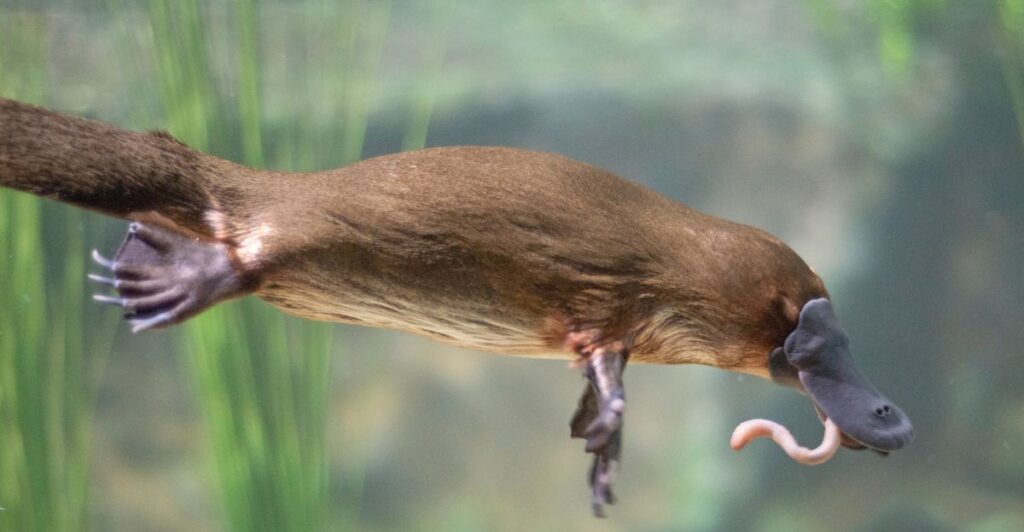
The platypus is semi-aquatic and rarely seen in the wild, requiring patience and knowledge of its habitats to spot. Scientists study platypuses by monitoring waterways and using specialized equipment such as underwater cameras to observe the behaviors of these animals without disrupting them. PLatypuses are found in eastern Australia and Tasmania, typically in freshwater habitats such as rivers, streams, and lakes.
6. Giant Panda

Giant pandas lead solitary lives outside of breeding season, and they use their sensitive sense of smell to detect predators and other pandas. They are found in bamboo forests in mountainous regions of China. Scientists study giant panda habitats via camera traps to record their movements and behavior. Conservation efforts include the protection of bamboo forests, their primary food source.
7. Aye-Aye
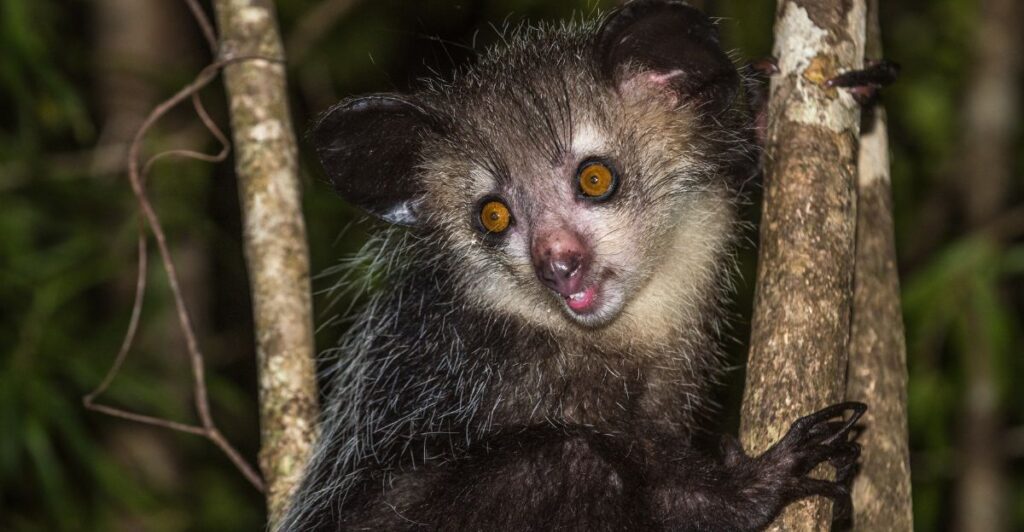
The aye-aye is a nocturnal primate distinguished by its long, slender third finger, which it uses to tap trees to find insect larvae. Resembling a mad scientist with its bulging eyes and dark, spiky hair, the aye-aye stalks the jungles of Madagascar in the dead of night. Due to its nocturnal and solitary nature, researchers use camera traps and observations of tree hole marks to infer their presence.
8. Giant Forest Hog
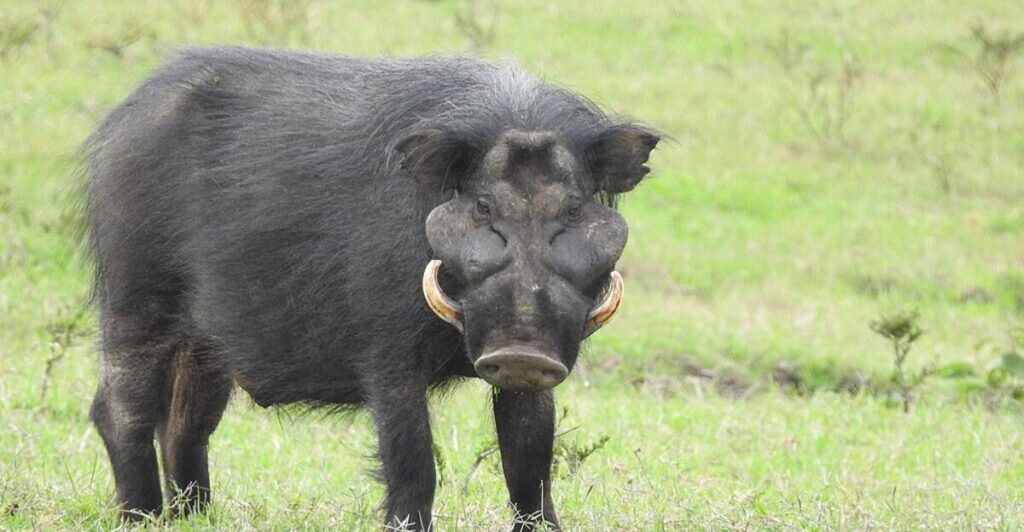
The giant forest hog is skilled at evading predators, but it will confront them to protect its group. It inhabits forests and grasslands, requiring daily mud baths to cool down. They are typically found in central and western Africa, including countries like the Democratic Republic of Congo, Uganda, and Kenya. Scientists study giant forest hogs by monitoring their habitats and using camera traps to observe their behavior without causing a disturbance.
9. Ili pika
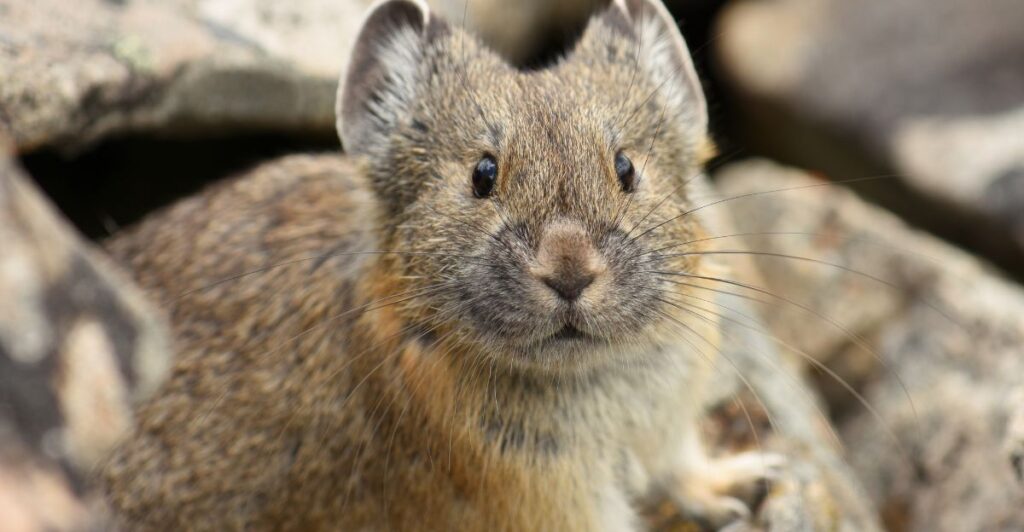
A small furry mammal from Tian Shan is the Ili pika, an adorable mammal that looks like a cross between a rabbit and a mouse. It is commonly known as the “magic rabbit.” Ili pikas live on isolated rocky slopes in the Tianshan Mountains in the Xinjiang region of China. They inhabit areas with sparse vegetation at high elevations. Studying the llipika is challenging due to its remote and inaccessible habitat. Researchers often rely on camera traps and local guides to gather information about the creature’s behavior and population dynamics.
10. Wolverine
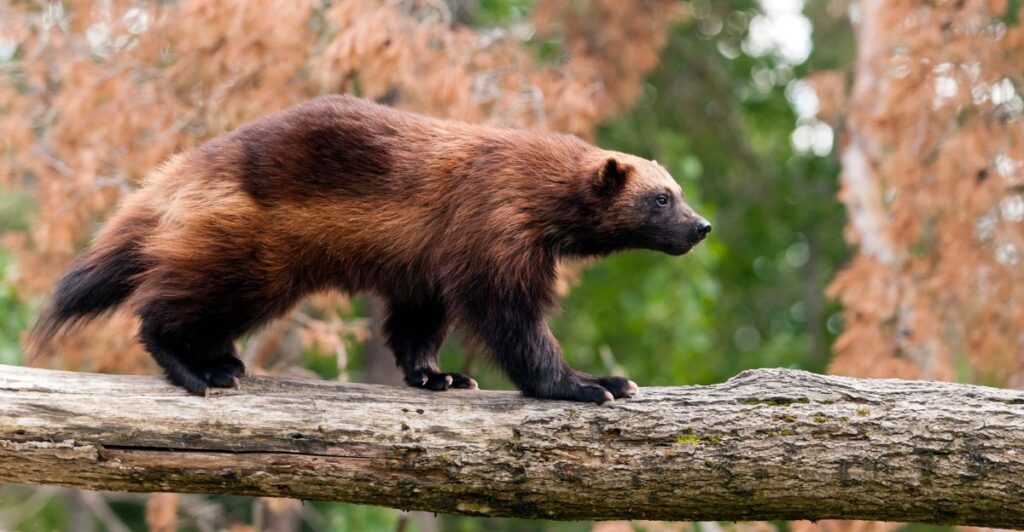
With low population densities and expansive territories, spotting a wolverine in the wild is virtually a matter of luck. Genetic analysis methods are also used alongside camera traps to study wolverine populations and monitor their tracks. Researchers often work with local communities to monitor their habitat. Wolverines can be found in remote areas of northern Europe, Asia, and North America, including Alaska and parts of Canada.
11. Indri
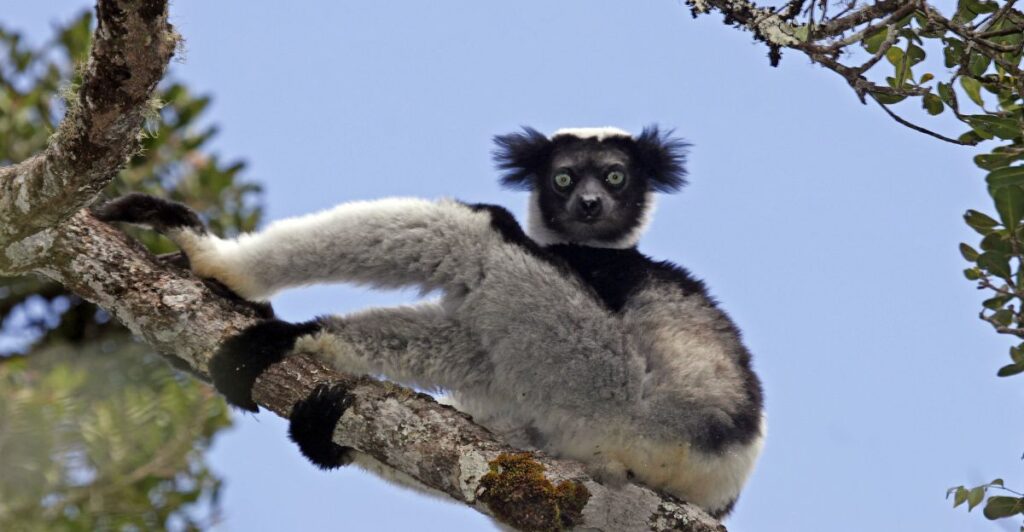
The indri is a large lemur known for its hauntingly beautiful loud songs that can be heard throughout the forests of Madagascar. It is one of the few primates that has no tail. Indris inhabit the eastern rainforests of Madagascar, particularly in Andasibe-Mantadia National Park and other protected areas. Scientist monitors the Indri’s vocalizations and uses camera traps to observe their behavior.
The Importance of Studying Elusive Animals
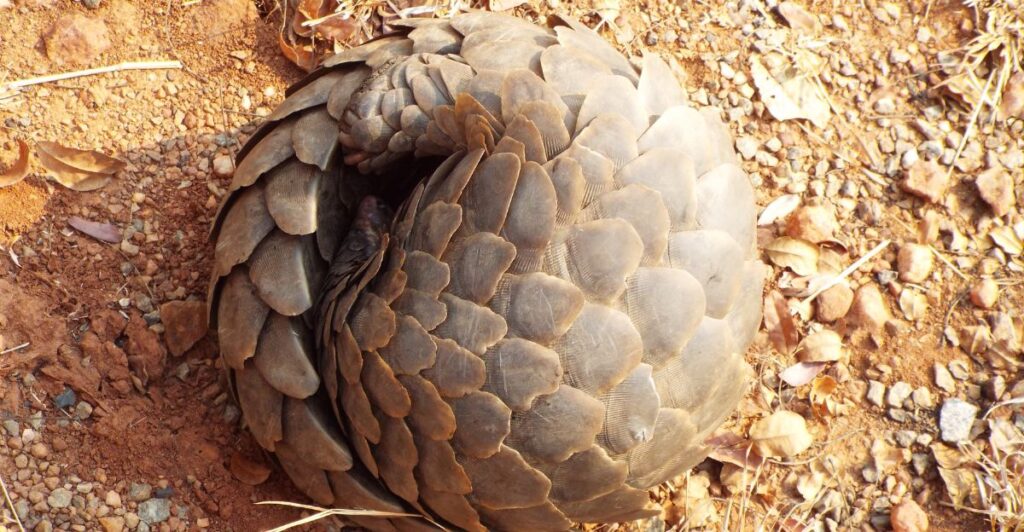
It is essential to study elusive animals to learn about their behaviors, population dynamics, and conservation needs. Through the use of advanced technologies and working with local communities, scientists can get a glimpse into the lives of these enigmatic creatures and work toward their protection and preservation.
Discover more of our trending stories and follow us to keep them in your feed

Scientists Are Exploring The De-Extinction Of Woolly Mammoths And It’s Closer Than We Think
Climate Change Overestimated? New Data Shows Oceans Are Cooling The Planet Faster Than Predicted
California Is Breaking Apart: A Fault Line Is Forming Faster Than Anyone Predicted
Philanthropist Promises To Cover $771.23M Annually After US Exit From Climate Accords
References:
Reference 1
Reference 2
Reference 3
This article first appeared here
Stay connected with us for more stories like this! Follow us to get the latest updates or hit the Follow button at the top of this article, and let us know what you think by leaving your feedback below. We’d love to hear from you!







